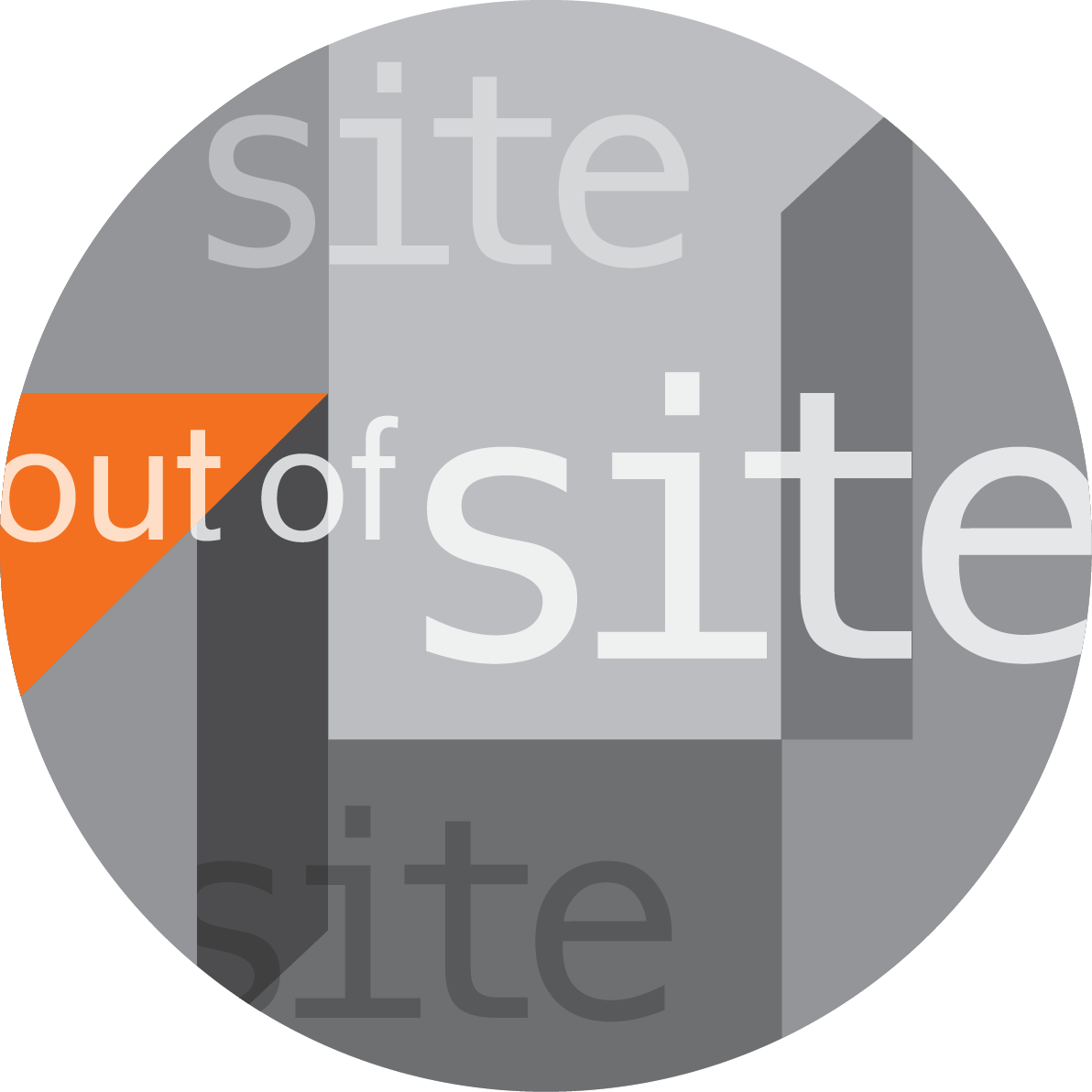Marilyn Arsem’s Performance Work
Image: Adrift by Marilyn Arsem, 2012, photo by Chelsea Coon
by Carron Little
As part of the symposium we will be providing a space to discuss the new book Responding to Site: The Performance Work of Marilyn Arsem edited by Jennie Klein and Natalie Loveless. This book is an invaluable accompaniment to the symposium as we reflect on the place and practice of public performance as we exit out of pandemic times. Each chapter is a sensual journey into Arsem’s performance work. From chapter one with Lucian O’Connor where as a reader, I was enraptured by the sense of time in the context of the Museum of Fine Arts in Boston where Marilyn created a durational performance called 100 Ways to Consider Time. Lucian O’Connor grounds the reader in the context of time in relation to the Museum, providing a commentary on the colonial arrangement of historical artefacts in the site of the Museum. Paul Couillard’s chapter shares his intimate knowledge with Marilyn’s work over time and in this visceral text provides a gateway into being present in Marilyn’s performances in the aftermath. Kathy O’Dell’s chapter ‘Reminding me always that nothing remains’ is a quote from Arsem discussing her pedagogical approach. All will be joining Jennie Klein & Natalie Loveless as panelists at the upcoming symposium to discuss this important new book of performance scholarship.
I began my journey reading Responding to Site: The Performance Work of Marilyn Arsem in Section 2 entitled Site and History before becoming immersed in the whole book cover to cover. I was particularly drawn to the chapter by Kristine Stiles who wrote about Marilyn’s performances in Central Europe in Croatia, North Macedonia, and Serbia from 1996 to 2014. I have had a long interest in the place of public performance as a means to transform cities, working on Bradford Festival for eight years as a teenagers into my twenties and observing how public performance can be an antithesis to systemic violence. This research has inspired my travels across the world over the years, visiting Belfast, Ireland regularly as a teenager in the eighties, going to Cambodia in 2006 to see how a country survived the mass genocide of the Khmer Rouge, and to the De-Militarized Zone in South Korea. This trips were made while working locally where I have lived, to observe how places recover from violence and extreme forms of genocide.
My roommate, in graduate school, Urszula Gogol was researching rape as a method of war crime in the former Yugoslavian conflict and traveled to Sarajevo in 1998, creating a documentary that I organized to be screened at the Roger Brown Collection in 1999 after we graduated at SAIC. I then taught many young people in London, U.K. who were refugees from this region in Central Europe: Bosnia, Albania, and Serbia. I witnessed the trauma inflicted on these young people. In 2018, I was invited to perform at Sarajevo Winter Festival in Bosnia and this was a memorable trip in many ways. But I was struck by a city still in repair. The haunting mass of fresh gravestones that dominate the horizon as one’s eye moves across the valley of the city of Sarajevo. We took a road trip to a United Nations site called Sunnyside where the artist, Elizabeth Kristensen was carving an ice-sculpture. She carved a hole at the tip of this work and that evening we collectively shivered as we were told the story of how a snipper would kill victims the city below, by the festival director, Ibrahim Spahic. The horror of this moment reverbrated through our bodies in its retelling. Marilyn’s work in this region devastated by war is poetic and charged. Each performance is a story of how she investigates, researches a site, uncovering the past to inform the work, almost like a archeologist performing an exorcism. This responsive practice of deeply listening, deeply observing and learning from the past, learning from the place takes time and care. The attention to detail, to the micro, to facilitate poetic beauty becomes embedded in the act of making.
The questions of how we work in public spaces and engage with local communities are part of the conversations that I hope will emerge from this symposium. How do we work with our local communities who have suffered and endured a year of lockdown? But how do we enact a reclamation of public space as part of this process? This takes long term work and care that this new book about Marilyn’s performance is an invaluable resource as we think about public performance practices.
In my enthusiasm for this new book and the wealth of experiential knowledge it holds, I invited Jennie Klein, Natalie Loveless and Marilyn Arsem to participate in the symposium. Due to the pandemic the authors were unable to have a book launch so as part of this program we are facilitating a space to discuss this new book and symposium attendees will be able to receive 30% off from Intellect Books. In addition, when Marilyn shared that she wanted to create a workshop for symposium participants, I was thrilled, as this is a unique opportunity to study with Marilyn in a four day workshop. Please note spaces are limited to 20 people and tickets go on sale on April 1, 2021. Jennie Klein & Natalie Loveless along with chapter writers, Paul Couillard, Lucian O’Connor and Kathy O’Dell will be having a panel conversation about Marilyn Arsem’s work on Thursday April 29th at 2pm CST.

